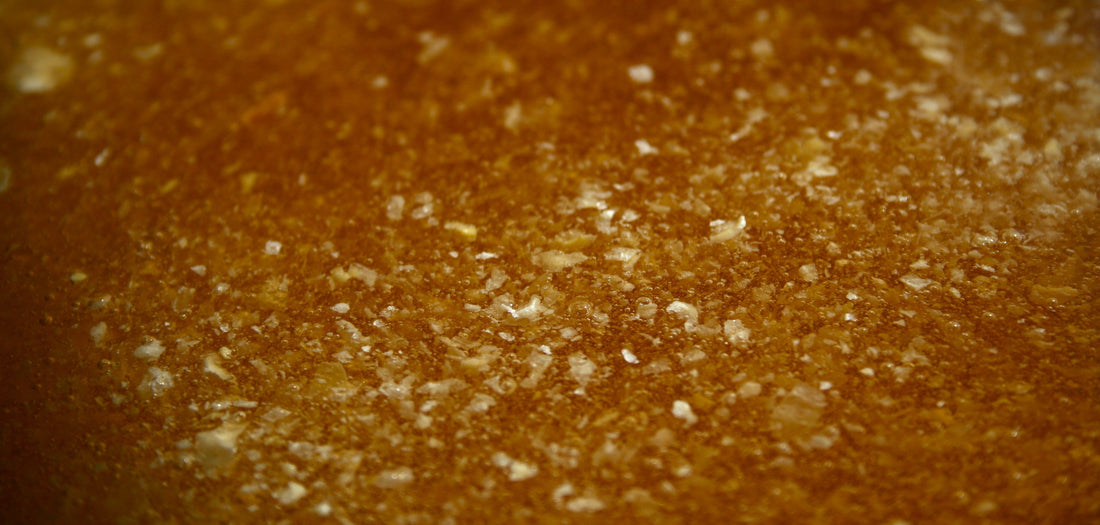
Is Crystallized Honey Safe to Eat?
If you’ve ever opened a jar of Baltimore honey and found it grainy or even solid—don’t worry! What you’re seeing is crystallization, a completely natural process that happens to all raw honey over time.
Unlike most commercial honeys, which are heated and ultra-filtered, Mary Bee Honey is raw and hyper local made by bees in Patterson Park, Baltimore. Because it still contains natural pollen grains and tiny bits of wax, it eventually crystallizes—giving the honey a spreadable, often creamy texture.
Why Honey Crystallizes
The speed at which honey crystallizes depends on its natural makeup. Factors include:
- The balance of glucose and sucrose
- The amount of pollen present
- How the honey is stored (refrigeration speeds up crystallization)
In fact, honey that crystallizes more quickly is often a sign that it’s pure and unprocessed.
Is Crystallized Honey Safe?
Yes! Crystallized honey is perfectly safe to eat. Many people even prefer the texture because it spreads easily on toast or pairs beautifully with cheese. You can also stir a spoonful into your tea or coffee—it will melt right in.
Can You “De-Crystallize” Honey?
If you prefer your hyper local Baltimore honey in liquid form, you can gently warm it back to its golden flow. Here’s how:
- Transfer your honey into a glass jar (if it isn’t already).
- Partially fill a saucepan with water and place over low heat.
- Remove the lid from your honey jar and set it in the water before it heats up.
- Slowly warm the honey until the crystals dissolve, keeping the water below 110°F.
This low-and-slow method preserves honey’s natural enzymes and antimicrobial properties while restoring its liquid texture.
The Sweet Truth
Whether you enjoy it crystallized or smooth, raw Baltimore honey is delicious, safe, and full of natural benefits. Crystallization is just one more reminder that what’s in your jar comes straight from the hive—pure, local, and never over-processed.
